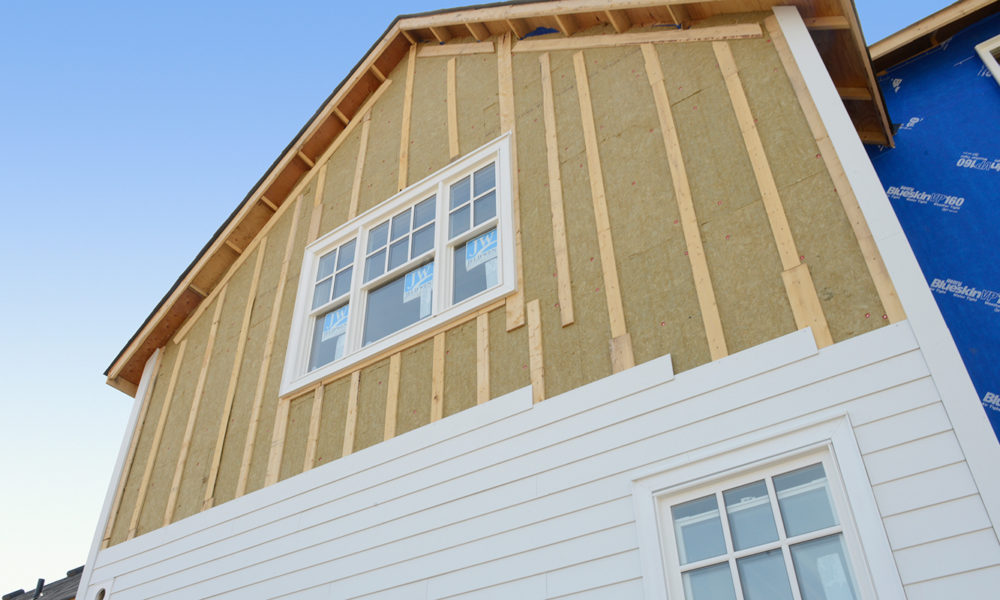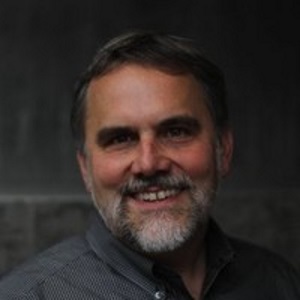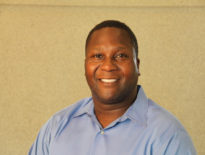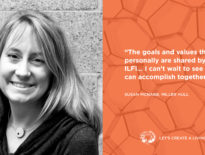My first introduction to mineral wool was during a 2005 visit to the pioneering Zero Energy project, BedZED, in England. There were a lot of amazing things to take in that day, and mineral wool was one of them. Insulation made out of rocks? Cool! To find out that it was the predominant insulation in Europe was equally surprising, especially coming from the United States, where fiberglass insulation was (and is) the norm (note that in North America, mineral wool refers to insulation made of stone and slag; in Europe, it also refers to fiberglass insulation. Here I am using the North American definition).
I have become a fan of mineral wool insulation. It is made by spinning molten rock (lava) into fibres, and applying a small amount of organic binding material. Its R value is on par with most other insulation types. It comes in various forms, including a semi-rigid board that lends itself well to exterior mounted insulation. It has a high melting point, making it fire resistive. It is also excellent for soundproofing. It doesn’t use petroleum as an ingredient, as does foam. It is also durable.
I think where mineral wool particularly shines is in exterior applications of semi-rigid board, outside the structural shear wall or weather-resistive barrier. This is the approach taken at the Bullitt Center and many other Living Buildings, as well as Passive House-certified buildings. Unlike foam, the semi-rigid mineral wool board is fully breathable, meaning that water that gets behind it can get out easily, reducing concerns about the dew point and condensation. At the horrifying Grenfell fire in England—where polyisocyanurate foam insulation was retrofit on the tower’s exterior behind an aluminum rainscreen—the insulation provided fuel for the fire to spread rapidly up the building. Comparatively, mineral wool has a much higher fire resistance.
 One issue with mineral wool has been that it typically includes phenolic formaldyhyde as a binding agent. Although more benign than urea formaldyhyde, phenolic formaldyhyde is still a Red List ingredient. While ILFI allows use of phenolic formaldyhyde-based mineral wool outside the building’s air barrier for Materials Petal compliance (recognizing its other excellent qualities), it has not allowed it inside the envelope. Rockwool (previously Ruxol, Inc.), the world’s largest mineral wool manufacturer, has recently released a formaldyhyde-free mineral wool product for interior applications, which uses corn syrup as a binder. According to Doug Eichler, Technical Solutions Manager for Rockwool, ideal applications for Rockwool AFB EvoTM are “Interior wall and floor applications that require acoustic and fire rated performance.” He also added that the product is water repellant. ILFI appreciates Rockwool’s market leadership in evolving this product to be Red List-free.
One issue with mineral wool has been that it typically includes phenolic formaldyhyde as a binding agent. Although more benign than urea formaldyhyde, phenolic formaldyhyde is still a Red List ingredient. While ILFI allows use of phenolic formaldyhyde-based mineral wool outside the building’s air barrier for Materials Petal compliance (recognizing its other excellent qualities), it has not allowed it inside the envelope. Rockwool (previously Ruxol, Inc.), the world’s largest mineral wool manufacturer, has recently released a formaldyhyde-free mineral wool product for interior applications, which uses corn syrup as a binder. According to Doug Eichler, Technical Solutions Manager for Rockwool, ideal applications for Rockwool AFB EvoTM are “Interior wall and floor applications that require acoustic and fire rated performance.” He also added that the product is water repellant. ILFI appreciates Rockwool’s market leadership in evolving this product to be Red List-free.
Rockwool is not the only manufacturer to provide transparency through the Declare label; in fact, Owens Corning also provides a product through their Thermafiber Brand.
Furthermore, leadership has been provided by Owens Corning, Knauf, Amorim Isolamentos, SA, Carlisle Syntec, Autex Industries LTD., Ecovative, and GAF, which all have insulation products with transparency through Declare. Owens Corning also has the very first Certified Living Product. In the coming months, we will be profiling more energy-related products that have cross germinated through the ILFI network.



